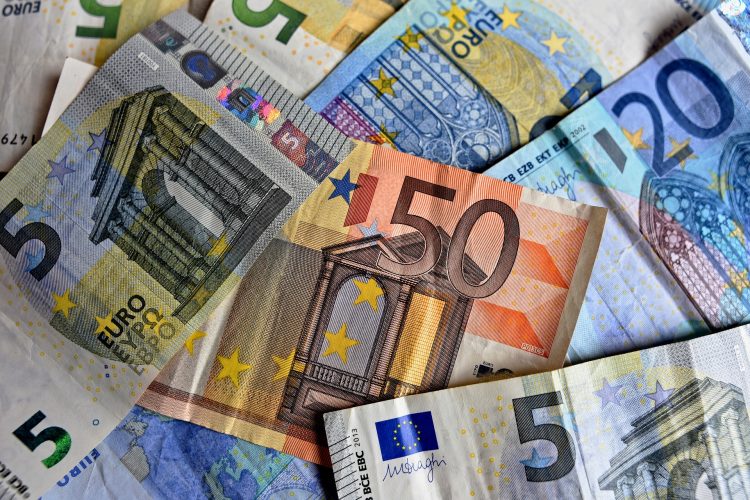
Croatia reported a consolidated general government deficit of 27.85 billion kuna in 2020, or 7.4 percent of GDP, with the public-debt-to-GDP ratio increasing to 87.3 percent, the state statistics bureau reported on Thursday.
In 2019, the government recorded a surplus of 1.2 billion kuna or 0.3 percent of GDP, the only surplus in recent memory. In 2018, the deficit was 864 million kuna or 0.2 percent of GDP, and in 2017 it was 2.8 billion kuna or 0.8 percent of GDP.
Last year’s deficit was “mainly due to the impact of the Covid-19 pandemic on economic activity and because of state aid to the economy,” state agency Hina explained.
The consolidated general government debt reached 330.23 billion kuna in 2020, or 87.3 percent of GDP. By comparison, the debt was 293.2 billion kuna or 71.1 percent of GDP in 2019, 286.6 billion kuna or 73.3 percent in 2018, and 285.4 billion kuna, or 76.7 percent of GDP in 2017.
Deficit growth driven by economic fallout of Covid-19 pandemic
The 2020 deficit was largely influenced by the budget balance deficit, which amounted to 21.98 billion kuna, or 5.8 percent of GDP, up by 22 billion kuna from the year before.
State agency Hina, citing the state statistics bureau, said that “the high deficit was the result of a decline in economic activity caused by the Covid-19 pandemic, which had a considerable impact on the fall in tax revenues and social contributions. On the other hand, the government took long-term measures on the expenditure side of the budget to protect jobs and finance the costs of healthcare.”
In 2020, taxes on production and imports totaled 70.7 billion kuna, down by 13 percent compared with 2019, while the income from taxes on income and wealth amounted to 24.7 billion kuna, a decrease of 7.4 percent compared with the previous year. Revenues from net social contributions fell by 4.8 percent to 45.07 billion kuna.
Last year, interests on government’s borrowing totalled 7.4 billion kuna, down by 17.5 percent from 2019, when they were 8.97 billion kuna. On the other hand, investments increased by 19.3 percent to 21.3 billion kuna in 2020.
The primary general government deficit, which shows the difference between revenues and expenditures without expenses for interest, was 20.45 billion kuna or 5.4 percent of GDP in 2020, almost double from 10.17 billion kuna in 2019.
The government debt-to-GDP ratio up by 16.2 percentage points
In 2020, the general government debt increased by 37 billion kuna or 12.6 percent from 2019, including 33 billion kuna in debt generated by borrowing, and the rest by the depreciation of the kuna-euro exchange rate.
The trend of the decreasing debt-to-GDP ratio – which is one of the Maastricht criteria set for adoption of the euro – which began in 2013, was suddenly reversed by the Covid-19 crisis, Hina said. In 2020, the general government debt to GDP ratio rose by 16.2 percentage points from 2019 to 87.3 percent, as a result of the government’s increased need for borrowing and the GDP decline caused by the drop in economic activity.
The state statistics bureau regularly submits a report on the budget deficit and general government debt to the European Commission twice a year, in April and October. Based on these, the European Commission can decide whether a EU country meets the Maastricht criteria for adopting the euro, which include a general government deficit-to-GDP ratio under 3 percent, and the general government consolidated debt under 60 percent of GDP.
The Croatian parliament approved a new amended budget for 2021 in June this year, which projected GDP growth of 5.2 percent in 2021, consolidated general government deficit of 3.8 percent of GDP (15.3 billion kuna) and a public-debt-to-GDP ratio of 86.6 percent.
(€1 = 7.50 kuna)


Kakvo je tvoje mišljenje o ovome?
Budi prvi koji će ostaviti komentar!